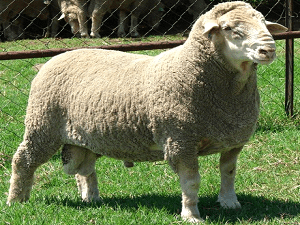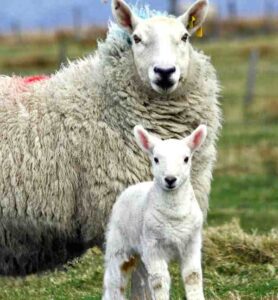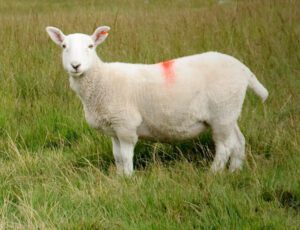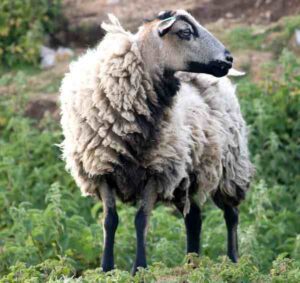The Dohne Merino sheep is a breed of domestic sheep which was originated from South Africa. It is also called Dohne or El Dohne Merino. It is a pretty new breed and was actually developed in the late 1930s.
And the breed was developed by the South African Department of Agriculture. The Dohne Merino sheep was developed by interbreeding Peppin-style Merino ewes and German Mutton Merino rams.
The progeny were interbred and selected for high fertility, fine Merino wool under commercial rangeland conditions and also for rapid lamb growth rate.
The breeding program was initiated in 1939, and a society for the breed was formed in 1966. Selection has been done with the aid of performance and progeny testing and comprehensive production records since 1970.
And all the recorded animals are maintained in a computerized flock recording scheme. Today it is raised mainly as a dual-purpose animal for both meat and wool production.
And currently it is one of the leading woolled sheep breeds in South Africa. And along with the availability of it’s native area, the breed is also available in Australia and New Zealand. Read some more information about this South African sheep breed below.
Dohne Merino Sheep Characteristics
The Dohne Merino sheep are medium to large sized animals. Their body color is mainly white. Both rams and ewes are usually polled, that means ‘they have no horns’.
As a medium to large sized animal, average live body weight of the mature Dohne Merino ewes is between 50 and 65 kg. And the mature ram’s average live body weight vary from 80 to 100 kg.

Uses
The Dohne Merino sheep are dual purpose animals. They are raised for both meat and wool production.
Special Notes
The Dohne Merino sheep are very strong and hardy animals. They are especially well adapted to their local environments. The lambs grow relatively faster.
And they reach around 25 to 35 kg live body weight within their 100 days of age. The fleece production of these animals is between 3.5 and 5 kg per year.
Their wool is of pretty good quality with an average fiber diameter of 17 to 21 microns. However, review full breed profile of the Dohne Merino sheep in the chart below.
| Breed Name | Dohne Merino |
| Other Name | Dhone, El Dhone Merino |
| Breed Purpose | Meat and wool |
| Special Notes | Very beautiful animals, striking appearance, especially well adapted to their local environments, lambs grow relatively faster, the lambs reach 25 to 35 kg live body weight within 100 days, 3.5 to 5 kg fleece production per year, 17 to 21 microns fiber diameter, very good for meat production |
| Breed Size | Medium to large |
| Weight | Mature rams live body weight is between 80 and 100kg, and the mature ewe’s body weight vary from 50 to 65 kg. |
| Horns | No |
| Climate Tolerance | Almost all climates |
| Color | White |
| Rarity | Common |
| Country/Place of Origin | South Africa |







I NEED EWES OF THIS BREED AND PRICE PER EWE.